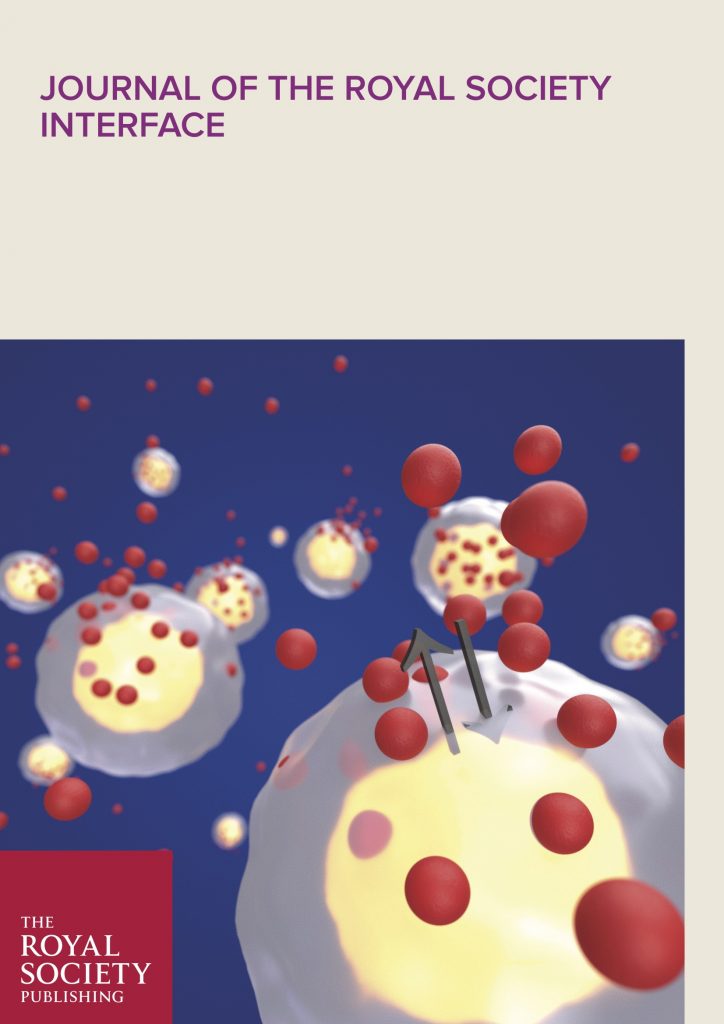Identifying cell-to-cell variability in internalisation using flow cytometry
AP Browning, N Ansari, C Drovandi, A Johnston, MJ Simpson, AL Jenner
Journal of the Royal Society Interface (2022)
AP Browning, N Ansari, C Drovandi, A Johnston, MJ Simpson, AL Jenner
Journal of the Royal Society Interface (2022)
Biological heterogeneity is a primary contributor to the variation observed in experiments that probe dynamical processes, such as the internalization of material by cells. Given that internalization is a critical process by which many therapeutics and viruses reach their intracellular site of action, quantifying cell-to-cell variability in internalization is of high biological interest. Yet, it is common for studies of internalization to neglect cell-to-cell variability.
We develop a simple mathematical model of internalization that captures the dynamical behaviour, cell-to-cell variation, and extrinsic noise introduced by flow cytometry. We calibrate our model through a novel distribution-matching approximate Bayesian computation algorithm to flow cytometry data of internalization of anti-transferrin receptor antibody in a human B-cell lymphoblastoid cell line. This approach provides information relating to the region of the parameter space, and consequentially the nature of cell-to-cell variability, that produces model realizations consistent with the experimental data. Given that our approach is agnostic to sample size and signal-to-noise ratio, our modelling framework is broadly applicable to identify biological variability in single-cell data from internalization assays and similar experiments that probe cellular dynamical processes.
